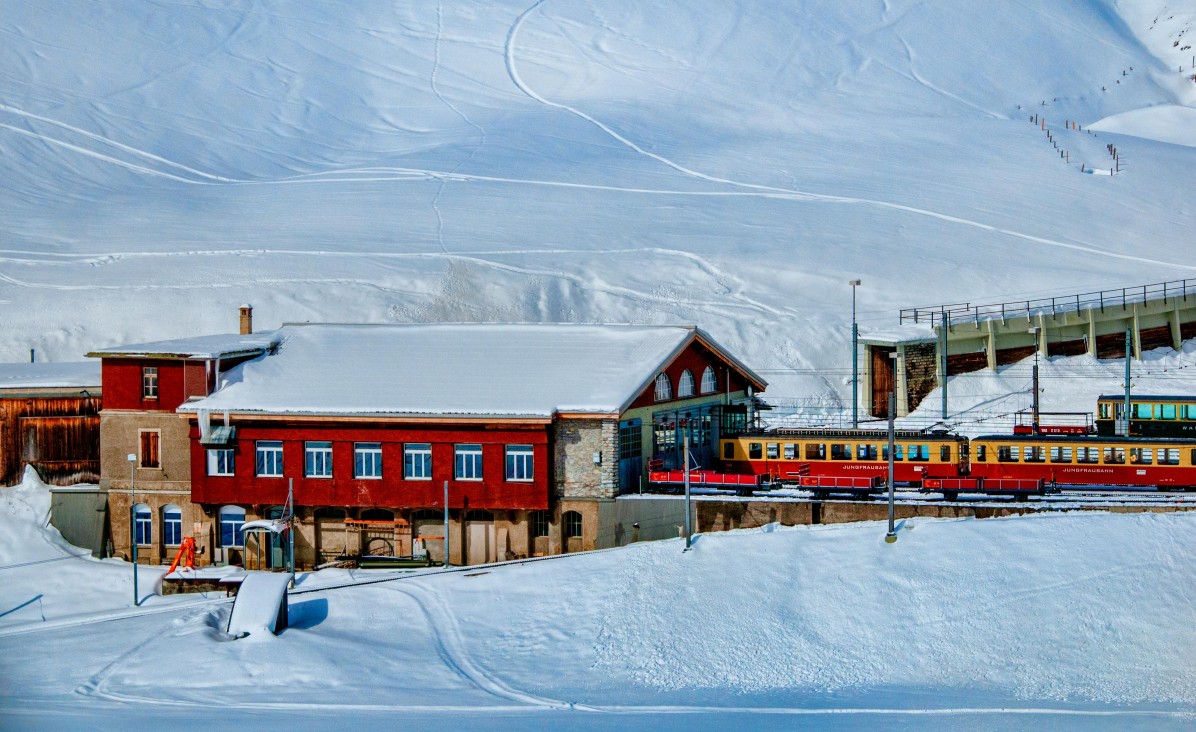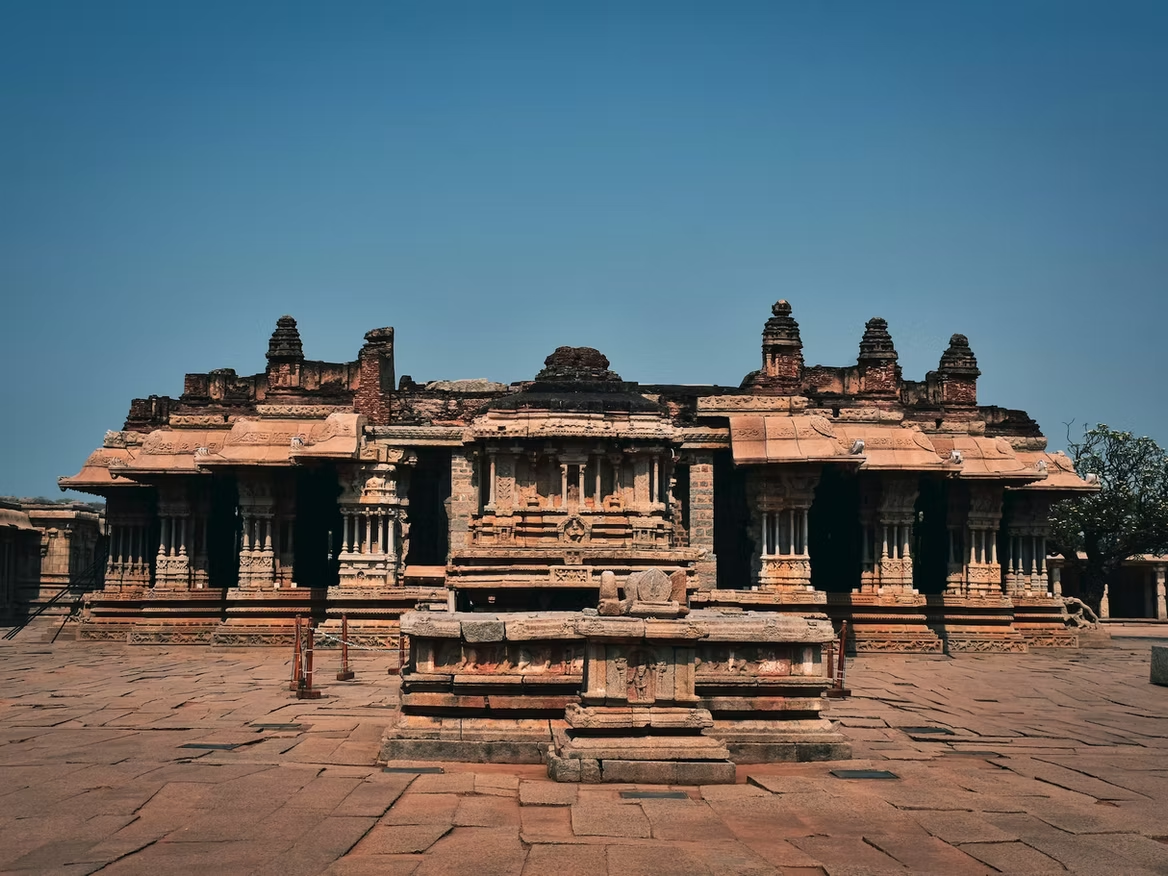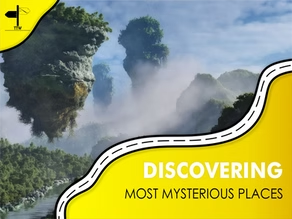Some places on Earth are more than just places to go; they are trips to another world. One of these places is the Spiti Valley. This cold desert mountain valley is a piece of Tibet that has been cut off from the rest of India. It is in the far north-east of Himachal Pradesh. It’s a place of stark, breathtaking beauty, with ancient monasteries clinging to bare cliffs, clear blue rivers cutting through huge canyons, and a billion stars lighting up the night sky.
If you’re not brave, you shouldn’t go to Spiti. The roads are hard to drive on, the altitude is hard to deal with, and the weather is bad. But for those who answer its call, the rewards are beyond measure. It’s an adventure that pushes you to your limits, a spiritual journey that calms your soul, and a cultural experience that opens your heart. The friendly people who live here, who have simple lives and warm smiles, are what make this valley special.
Timing is the most important thing for a successful trip to the Spiti Valley. Picking the best time to visit Spiti Valley can make the difference between a great trip and a logistical nightmare. The weather here is very bad, and the high mountain passes that connect the two areas are only open for a few months each year.
This is the most complete guide to planning the best trip to Spiti Valley. We’ll talk about everything, from the best time of year for your travel style to detailed itineraries, what to pack, how to budget, and all the things you need to do (and not do!). We have something for everyone, whether you’re looking for adventure, spirituality, or photography.
A World Within a World: About Spiti Valley
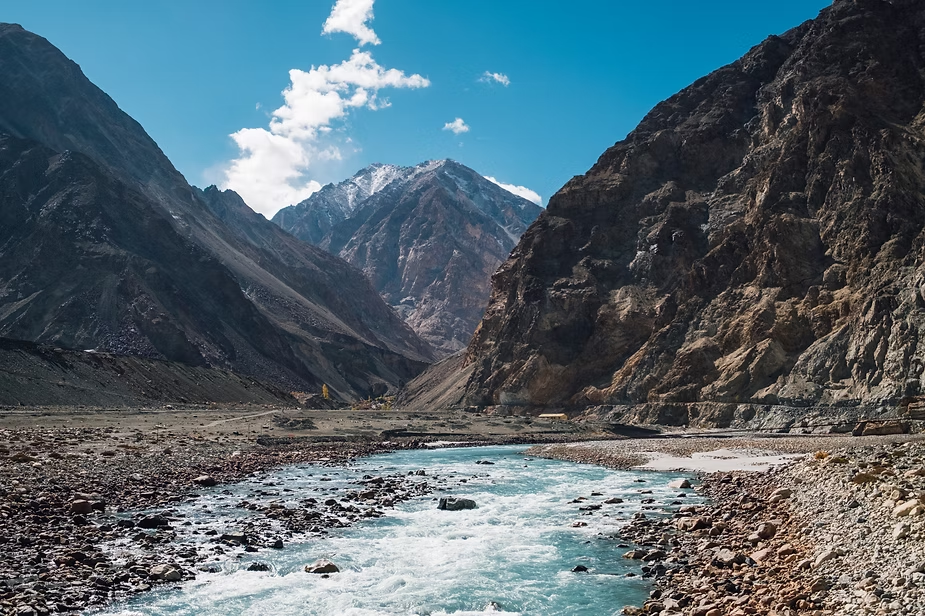
The name “Spiti” means “The Middle Land,” which is a perfect way to describe where it is between India and Tibet. It’s a cold desert at a high altitude, which means it doesn’t get much rain because the Himalayas block the monsoon clouds. This makes the area’s famous landscape: rocky, barren mountains in shades of brown, purple, and grey, with patches of green barley fields and the Spiti River’s shimmering turquoise.
Tibetan Buddhism is the main religion in this area. There are some of the oldest and most important monasteries in the world in the valley. For more than a thousand years, there have been places where people can learn and grow spiritually. Life here is simple, hard, and very connected to nature and faith.
A full breakdown of the best times to visit Spiti Valley by season
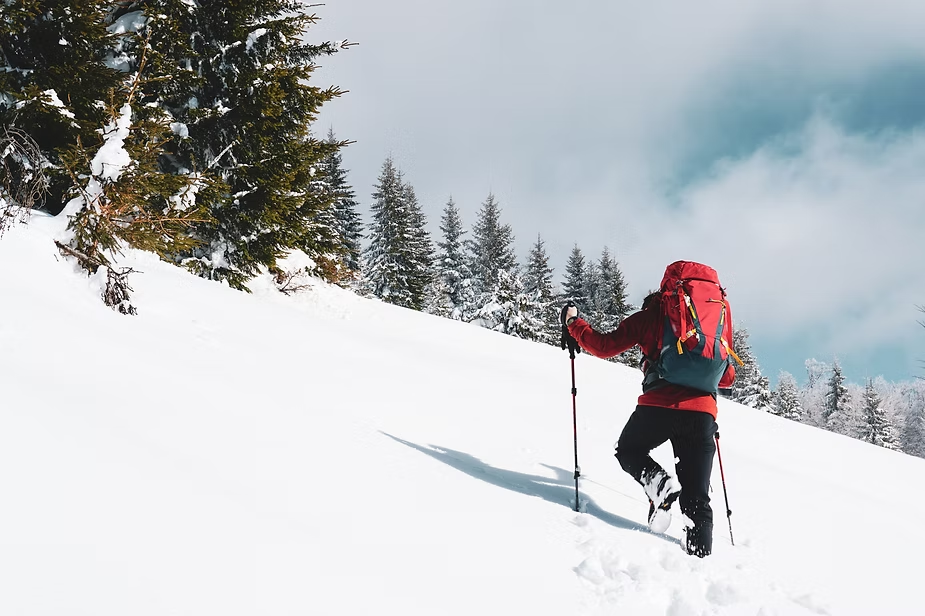
There isn’t one “best” time to visit Spiti; it all depends on what you want to do. The valley has a very different personality in each season.
The best time to go is in the summer, from June to September
This is the best time to visit Spiti Valley because it is the most popular and easiest to get to. The weather is perfect, and the whole Spiti circuit, even the high passes, is open.
- Weather: The temperature during the day is nice and warm, between 15°C and 25°C. A t-shirt and a light jacket are often enough to keep you warm. But the nights are still cold, with temperatures dropping to between 3°C and 7°C.
- Road Conditions: The highways from Manali to Kaza and from Shimla to Kaza are both open. There may be some water crossings from melting snow and occasional landslides caused by the monsoon on the roads leading up to the area (especially near Manali), but this is usually the safest time to go on a road trip.
What to Look Forward To:
- Bright Landscapes: The valley is at its greenest right now, with lush barley fields making beautiful patches of colour against the dry mountains.
- Access: It’s easy to get to all of the monasteries, villages, and tourist spots, like the famous Chandratal Lake.
- Peak Crowds: This is the most crowded time of year, especially in June and July when Indian schools are out for summer break. There will be more tourists, and rooms can fill up quickly.
Who Should Go in the Summer? This time of year is great for first-time visitors, families, and people who like the weather to be more pleasant. This is the best time to see and do everything the valley has to offer.
Fall (from mid-September to October) is the best time for photographers

A lot of people who have been to Spiti Valley before say that this is the best time to go. The summer crowds are gone, the monsoon has passed, and the valley is now bathed in a magical golden light.
- The weather is nice and clear, with temperatures between 10°C and 20°C. But the nights get a lot colder, and they often go below freezing (0°C to -5°C).
- Road Conditions: The roads are mostly in great shape now that the monsoon rains have stopped. But there is a small but real chance that the Kunzum Pass (on the Manali route) will close after the first week of October due to an early snowfall.
What You Should Expect:
- The valley turns into a canvas of fall colours that are stunning. After the harvest, the poplar and willow trees turn a bright yellow, and the fields turn a golden brown.
- Fewer Tourists: You’ll have the beautiful scenery and old monasteries all to yourself.
- Clear Skies: The air after the monsoon is very clear, giving you the best views of the snow-covered peaks and the stars at night.
Who Should Come in the Fall? This time of year is great for photographers, people looking for peace, and experienced travellers who don’t mind the cold and want to see the valley at its most beautiful and peaceful.
Winter (November to April) is the best time for an adventure
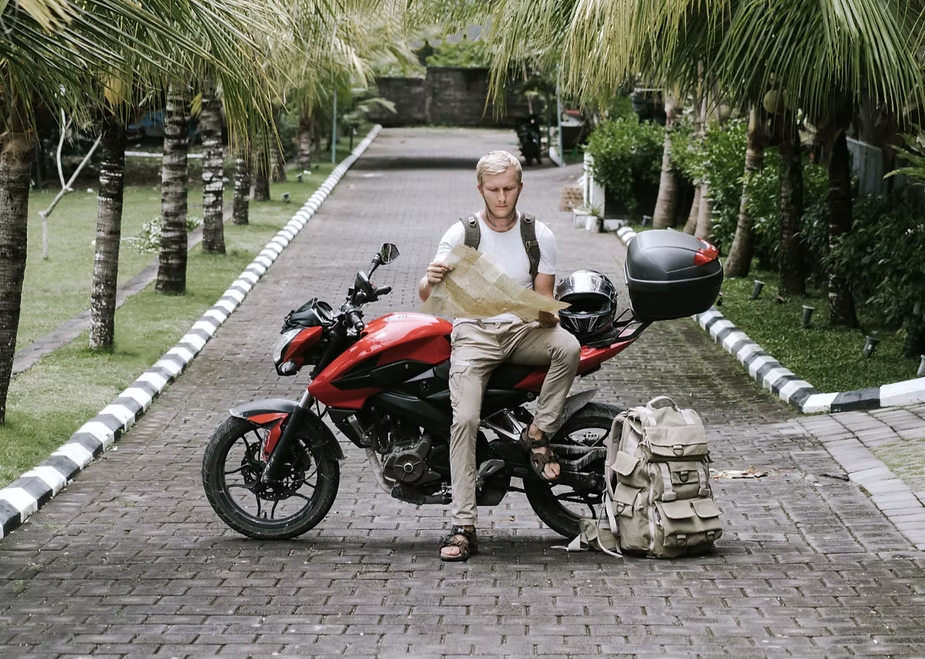
Not everyone can go to Spiti in the winter. It is a very extreme adventure that needs a lot of planning and a love of the cold. The valley is completely covered in a thick layer of snow, making it feel like you’ve entered a frozen kingdom from a fairy tale.
- The weather is bad and won’t let up. During the day, temperatures are usually below freezing (between -1°C and -10°C), but at night they can drop to -20°C to -30°C, which is very cold.
- Road Conditions: Heavy snow has completely closed the Manali-Kaza highway, which includes the Kunzum Pass. The Shimla-Kinnaur route is the only way to get to Spiti in the winter. This route is open for most of the year. There may also be blocked roads inside the valley.
What to Look Forward To:
- A White Wonderland: The whole area becomes a stunning white world. It looks strange and beautiful.
- Complete Solitude: You will be one of the few people in the whole valley who is travelling.
- Basic Services: Most hotels and guesthouses are closed. You will have to stay with locals in homestays, which are very simple but warm and real. A lot of the time, running water is frozen, and you’ll have to use dry toilets.
- Winter is the best time to see rare animals like the Snow Leopard and the Ibex.
Who Should Go in the Winter? This time of year is only for experienced adventurers, hardcore trekkers, and wildlife lovers who are ready for the cold and tough conditions.
A Guide to Safe and Responsible Travel: What Not to Do in Spiti Valley
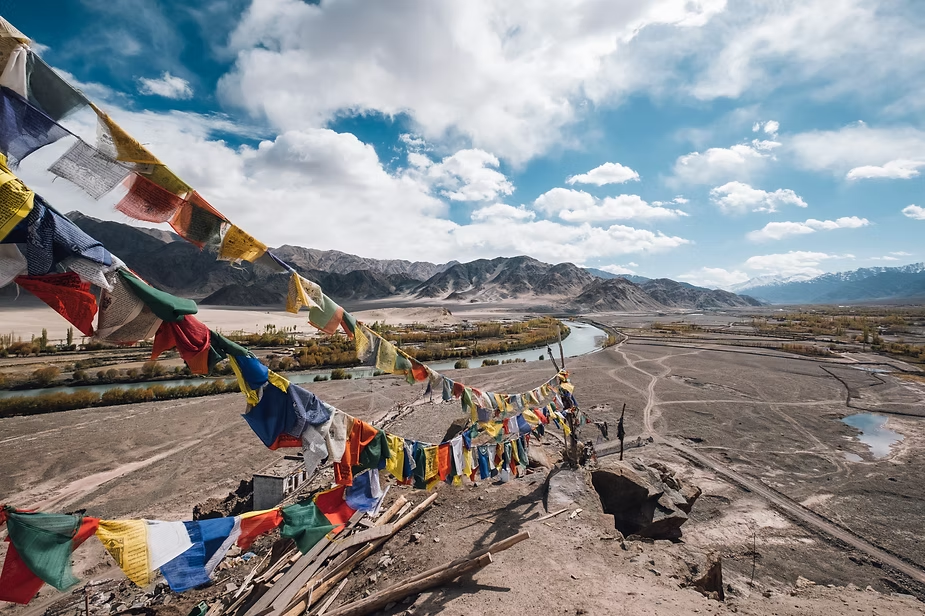
The beauty of Spiti comes with its own problems. Knowing what not to do is just as important as knowing what to do.
- Don’t rush your plans: This is the worst thing you can do. The roads are long and tiring, and your body needs time to get used to the high altitude. If you rush through a trip, you’ll get sick.
- Don’t take Acute Mountain Sickness (AMS) lightly: It can be very dangerous and even deadly. Headaches, nausea, dizziness, and tiredness are some of the symptoms. If you feel any of these, don’t go up any higher. Take a break, drink some water, and if it gets worse, go down to a lower altitude right away.
- Don’t go without money: ATMs are only in Kaza and are often out of cash. Most places don’t let you pay online because mobile networks and the internet aren’t always reliable. Bring enough cash for the whole trip.
- Don’t drive at night, because the roads in Spiti are dangerous. They have sharp turns, steep drops, and no streetlights. You should never drive at night because it is very dangerous.
- Don’t disrespect the local culture: Spiti is a very religious and traditional place. Always ask permission before taking pictures of people or inside monasteries, and don’t drink alcohol near religious sites. Dress modestly, covering your knees and shoulders.
Unforgettable Things to Do in Spiti Valley: The Top 10

Spiti is not the kind of place where you can just check off a list of things to see. It’s about getting to know the culture and the land. Here are some of the most important things to do:
- Go to Key Monastery, the biggest and most famous monastery in Spiti. It looks like a castle from a fantasy movie because it is on a hilltop with a view of the Spiti River.
- Visit Tabo Monastery, a UNESCO World Heritage Site that is more than 1,000 years old. The walls are made of mud bricks and hide some of the world’s most beautiful and well-preserved ancient Buddhist murals and sculptures. People often call it the “Ajanta of the Himalayas.”
- Hike to Dhankar Monastery and Lake: The old Dhankar Monastery is on the edge of a cliff that is 300 metres high. You have to hike the short but steep path from the monastery to Dhankar Lake, which is a beautiful blue colour.
- Send a postcard from the highest post office in the world: The tiny village of Hikkim has the highest post office in the world, at 14,567 feet. Sending a postcard to your family and friends from here is a one-of-a-kind travel experience.
- Komic is one of the highest villages in the world that you can drive to (15,027 ft). Have some tea at the nearby restaurant and check out the lovely monastery.
- Find Fossils in Langza: This beautiful village is known as the “Fossil Village of Spiti.” You can easily find small, ancient marine fossils in the hills around it. This is a reminder that this high-altitude desert was once under the Tethys Sea.
- Chandratal Lake, also known as the “Lake of the Moon,” is a beautiful crescent-shaped lake that changes colour throughout the day, going from bright turquoise to deep emerald green. Camping by the lake under the Milky Way is something you’ll never forget.
- A local homestay is the best way to experience Spitian culture and hospitality. You can eat tasty meals that are made at home and hear stories from the people who live there.
- Look for Wildlife: Spiti is home to rare and beautiful animals like the Snow Leopard, the Himalayan Blue Sheep (Bharal), and the Ibex. Be on the lookout, especially in the winter.
- See the Gue Monastery Mummy: Go to the small village of Gue to see the 500-year-old mummy of a Buddhist monk that was found after an earthquake in 1975. It is very well preserved.
The Smart Packing Guide for Spiti Valley

Layering is the key to packing for Spiti. The weather can change a lot in just a few hours.
Clothes (The Layering System is Important):
- Base Layer: 2 to 3 pairs of thermal underwear.
- Mid Layer: 2–3 warm sweaters or fleece jackets.
- The outer layer should be a good jacket that keeps you dry and warm. In the winter, you need a down jacket.
- Bottoms: two pairs of comfortable hiking pants and one pair of jeans.
- Essentials: 4–5 quick-drying t-shirts, a warm cap (beanie), a sun hat, a scarf or balaclava, and gloves.
Shoes:
- A pair of strong, waterproof hiking shoes that have a good grip.
- A pair of comfy sandals or sneakers to wear in the evening.
Health and First Aid Kit:
- Take medication for AMS, like Diamox (talk to your doctor before taking it).
- Basic medicines for headaches, fevers, stomachaches, and pain.
- Band-aids, antiseptic liquid, and crepe bandages.
- Sunscreen with a high SPF (SPF 50+), lip balm with SPF, and moisturiser.
- Sunglasses that block UV rays.
Money and Documents:
- A government-issued photo ID in both original and photocopy form.
- Sufficient Cash.
A Short Itinerary for Spiti Valley (10 Days—The Route for Getting Used to the Area)
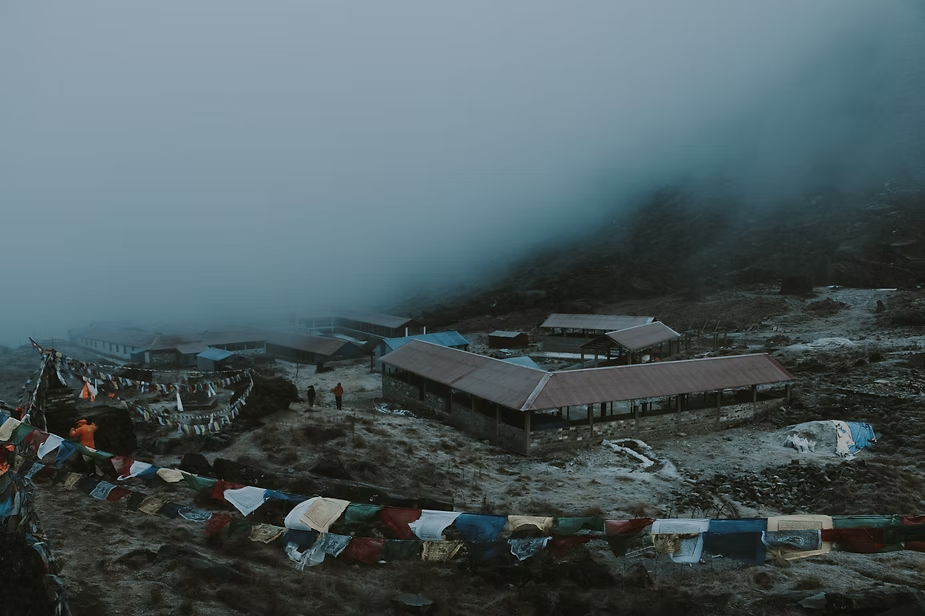
The best way to start this trip is from Shimla, which lets you get used to the weather slowly.
- Day 1: Get to Shimla from Delhi or Chandigarh. Take a break.
- Day 2: From Shimla to Sarahan or Rampur. Start your trip into the Kinnaur Valley.
- Day 3: From Sarahan to Kalpa. Take in the breathtaking views of the Kinner Kailash range.
- Day 4: Go from Kalpa to Nako and see the beautiful Nako Lake. You are now in the Spiti area.
- Day 5: From Nako to Kaza, stopping at Tabo Monastery and Dhankar Monastery along the way.
- Day 6: Go sightseeing in Kaza and see Key Monastery, Hikkim, Komic, and Langza.
- Day 7: From Kaza to Chandratal Lake through Kunzum Pass. Stay in a camp for the night.
- Day 8: From Chandratal to Manali. A long and exciting trip over Rohtang Pass.
- Day 9: Take a break and look around Manali.
- Day 10: Leave Manali for Delhi or Chandigarh.
Note: This route has an issue of road closing so please plan accordingly or take the normal route from Manali to Chandra Tal
How much will it cost to travel to the Spiti Valley?
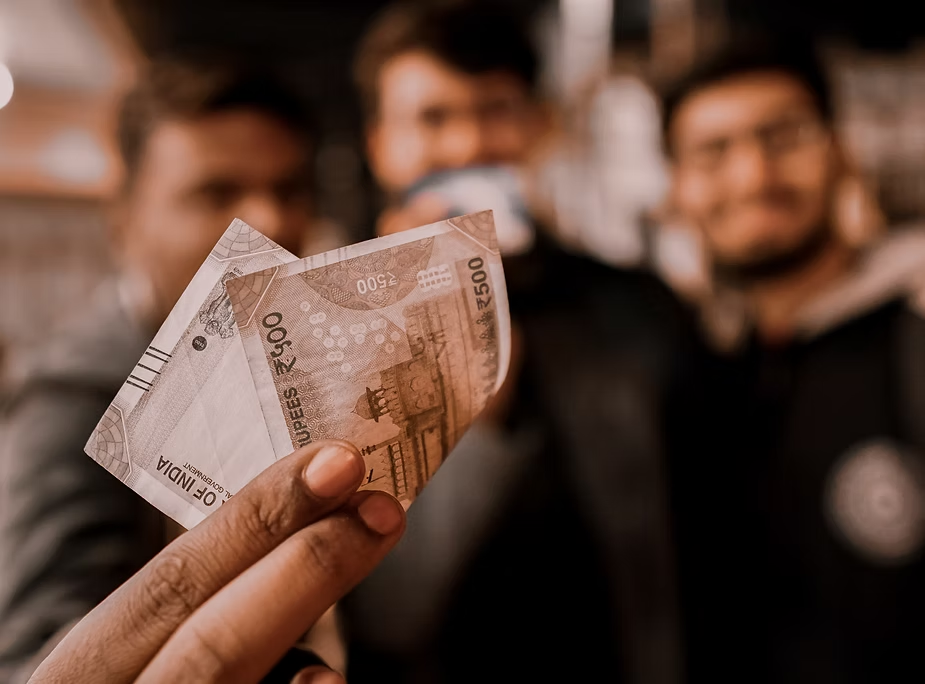
You can go to Spiti on a variety of budgets. This is a reasonable guess for a 10-day trip for one person in the middle price range.
- The most expensive thing is transportation (a private car). If you’re in a group, you can split the cost of hiring an SUV for 10 days, which is around ₹40,000 to ₹50,000. Let’s say that each person in a group of three will cost between ₹15,000 and ₹20,000.
- Accommodation: For places to stay, homestays and cheap guesthouses cost about ₹800 to ₹1,200 per night. Total for 9 nights: ₹7,200 to ₹10,800.
- Food: It’s easy to find and cheap. Plan on spending between ₹600 and ₹800 a day. Total: ₹6,000 to ₹8,000.
- Permits and other things: About 1,000 rupees.
Estimated Total Cost: A comfortable, mid-range 10-day trip to Spiti Valley will cost about ₹30,000 to ₹40,000 per person.
FAQs
Q. How many days do you need to go to Spiti Valley?
A. It is best to spend at least 9 to 10 days doing the full circuit and getting used to it. If you don’t do this, you’ll feel rushed and be more likely to get altitude sickness.
Q. How does Spiti connect to the internet and mobile networks?
A. There isn’t much connectivity. BSNL and Jio have the best coverage, but it’s mostly in Kaza and Tabo. Don’t expect fast internet. Think of this as a great chance to take a break from technology.
Q. Is it safe for women to travel alone in the Spiti Valley?
A. Yes, Spiti is thought to be one of the safest places in India for women travelling alone. The people in the area are polite, honest, and helpful. But you should always follow the usual safety rules.
Q. Do I need to get any permissions to go to the Spiti Valley?
A. Indian citizens don’t need any permits to visit the main Spiti Valley circuit. Foreigners who want to go beyond the Rekong Peo area in Kinnaur must get an Inner Line Permit (ILP).
Last Words!
Spiti Valley isn’t just a destination — it’s an experience that lingers long after you leave. It teaches patience, resilience, and the joy of simplicity. This journey may test your limits, but it rewards you with peace, perspective, and unforgettable memories.
With its raw beauty, kind-hearted locals, and mountains that whisper stories of silence, Spiti will leave a mark on your soul. So, plan mindfully, travel safely, and get ready for the adventure of a lifetime.
Want a trip designed around your vibe? Let The Tarzan Way (TTW) craft a personalized Spiti itinerary that makes your journey seamless and truly unforgettable.


